SIA CEO John Neuffer today joined fellow members of the Task Force on American Innovation (TFAI)—an alliance of industry, scientific societies, and university organizations—in urging congressional appropriators to fund the investments in scientific research, innovation, and workforce authorized by the bipartisan CHIPS and Science Act. Signatories on the letter included SIA Board members Lisa Su (AMD), Dario Gil (IBM), and Pat Gelsinger (Intel), and SIA members Lawrence Loh (MediaTek), Jinman Han (Samsung), as well as corporate leaders and TFAI members Kent Walker (Google), Brad Smith (Microsoft), Mark Becker (APLU) and Barbara Snyder (AAU).
In the letter sent to Senate Appropriations Committee Chairwoman Patty Murray (D-Wash.) and Vice Chair Susan Collins (R-Maine), House Appropriations Committee Chairwoman Kay Granger (R-Texas) and Ranking Member Rosa DeLauro (D-Conn.), TFAI highlighted the importance of investments in innovation to America’s future:
Funding for critical research and education is an investment in our future competitiveness. Our country will reap the benefits of this investment for generations to come … Innovation has driven significant growth over the last 50 years with America’s GDP growing from $550 billion to more than $23 trillion. Federal research funding is a down payment on our nation’s future success.
The CHIPS and Science Act, landmark legislation enacted last year, provides $52 billion in government investments to reinvigorate domestic semiconductor production and innovation. The law also authorized a larger amount of federal funding for research and innovation, but these authorized amounts must still be appropriated by Congress. Failing to do so, the letter states, would “hamper our ability to meet global challenges and may result in the U.S. falling behind our competitors in critical technologies such as artificial intelligence and quantum computing.”
The letter also points out that the governments of global competitors are investing heavily in research, while U.S. government investments have fallen behind: “Between 2000 and 2022, U.S. funding for federal research actually fell as a percentage of GDP. Meanwhile, China is increasing its spending on research and development and is expected to continue this increase at an average yearly rate of 7% until 2025.”
SIA looks forward to continuing to work with U.S. policymakers to ensure consistent, ambitious investment in initiatives that strengthen U.S. scientific research and America’s future technology workforce.
Source: SIA
Abonnieren fuer regelmaessige Marktupdates.
Bleiben Sie auf dem neuesten Stand der Branchentrends, indem Sie unseren Newsletter abonnieren. Unser Newsletter ist Ihr Zugang zu erstklassiger Marktexpertise.
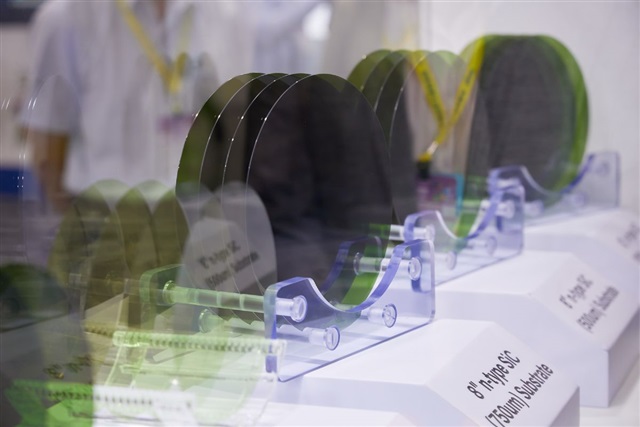
The US has initiated a Section 301 investigation into China's mature semiconductor processes and third-generation silicon carbide (SiC) semiconductors. Supply chain operators state that the increa
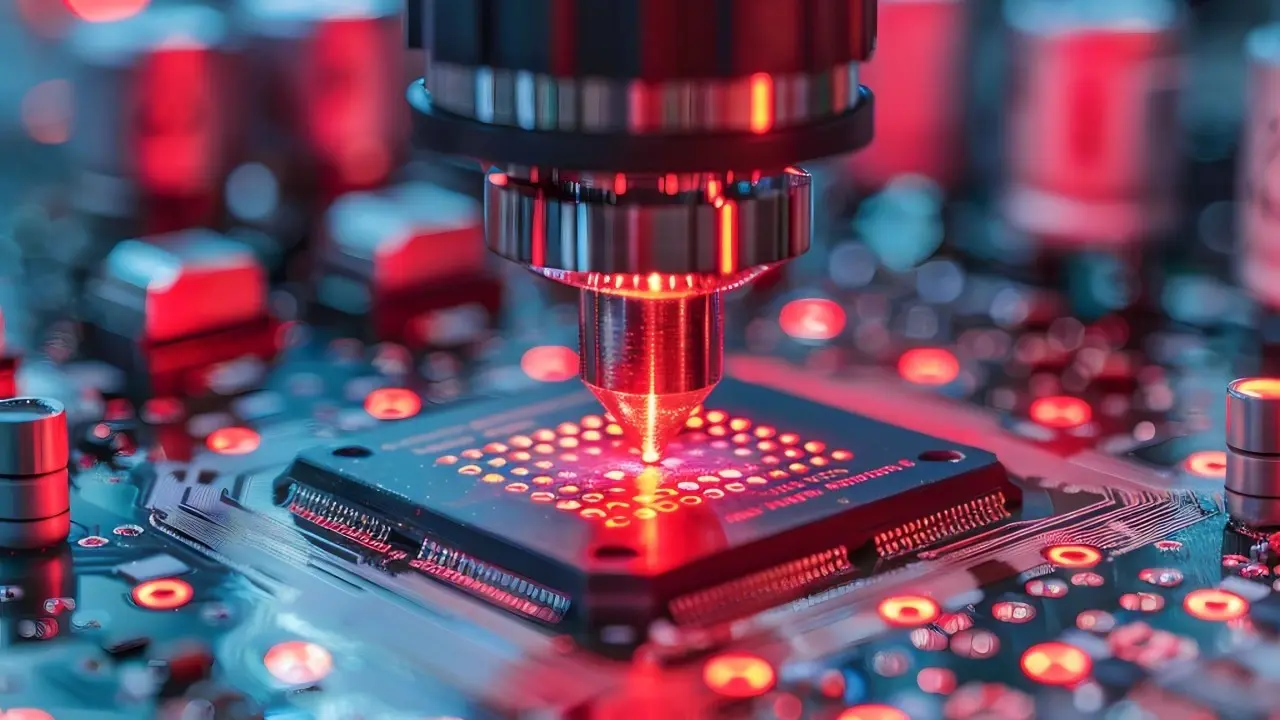
In 2025, we expect 9.5% growth in the global semiconductor market, driven by robust demand for data centre services, including AI. However, growth in other, more mature segments is expected to be stag

Taiwanese chip manufacturer TSMC has announced a $100 billion investment in the United States, aiming to build five additional semiconductor facilities.The plan was revealed by TSMC CEO C.C. Wei along
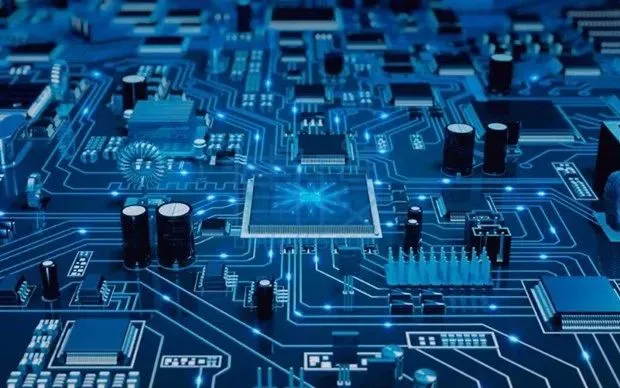
Prices of mature process memory, long hit by oversupply due to fast capacity expansion at Chinese makers, are expected to rebound, thanks to the Chinese government's consumption stimulus programs.
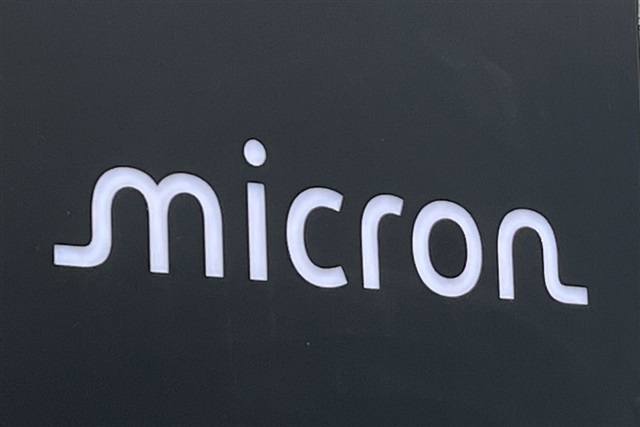
With the ongoing development of new-generation processors, the introduction of PCIe Gen5 specifications into high-end PC applications is set to commence in 2025. According to Micron Technology, Gen4 p
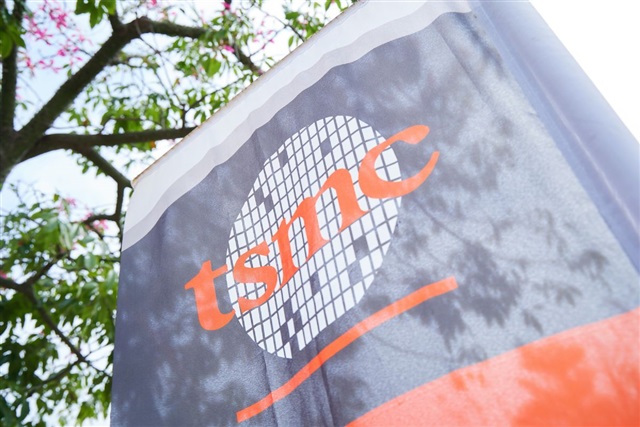
The global market is watching how TSMC, pressured by the US, might assist Intel's foundry operations, while Samsung Electronics and Rapidus, also facing challenges, may similarly require TSMC'